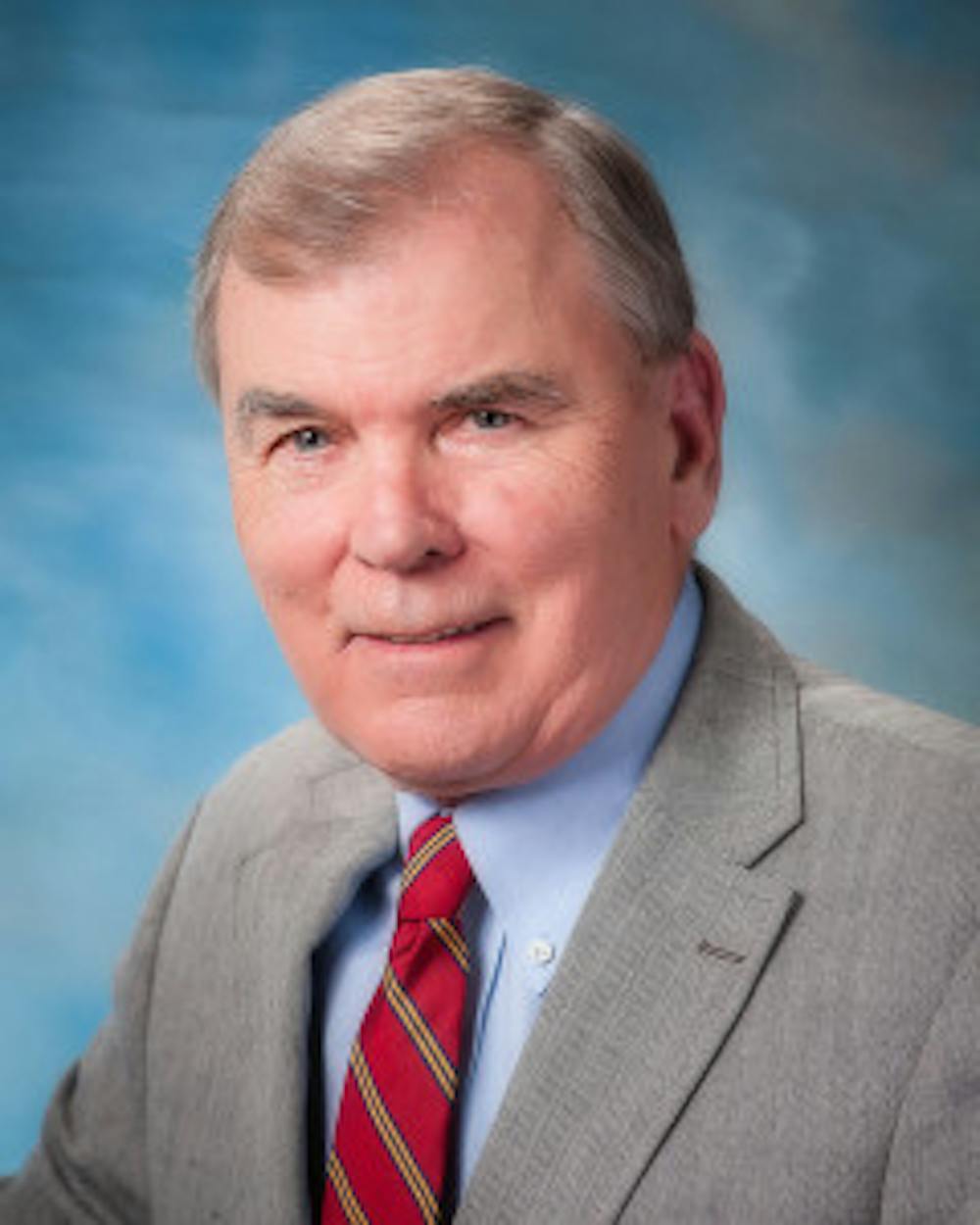Patients with cystic fibrosis, asthma and other serious lung diseases may soon be able to breathe easier, thanks to a $12.5 million grant awarded to UNC researchers from the National Institutes of Health.
The researchers at the Marsico Lung Institute and the Center for Environmental Medicine, Asthma and Lung Biology are developing a new therapy to break up mucus, which will be tested for asthma and cystic fibrosis, and clear up chest congestion. According to Richard Boucher, director of the Marsico Lung Institute, patients who suffer from diseases like cystic fibrosis have mucus that becomes too concentrated and sticky, leading to prolonged chest congestion.
“For kids with CF, it’s like they’ve had the worst chest cold of their life and they can’t get over it,” Boucher said.
The five-year grant renewal serves as a continuation on the research. Boucher said mucus congestion is a problem the center has been trying to solve for many years.
About ten years ago, the center’s collaboration with the chemistry department led to an emphasis on polymers, which make up the mucus. Polymers give mucus its gel-like consistency, so its stickiness can trap dust and pollutants. However, Boucher said mucus can only do its job if it is well hydrated.
“We knew what the problem was, but until we talked to chemistry, applied math and physics, we didn’t have a strong understanding,” Boucher said. “The grant is nice because it’s a union for that group.”
Michael Rubinstein, Ph.D., the John P. Barker Distinguished Professor of Chemistry in the UNC College of Arts and Sciences and member of the UNC Marsico Lung Institute, has been working on this project since the early 2000s. He was contacted by the Marsico Lung Institute because they needed a chemical scientist.
“We started meeting regularly once a week and developing a common language, so chemists and physicists can talk to biologists and mathematicians,” Rubinstein said. “There was a strict learning curve on terminology and views, and after a while we could understand each other better, leading to new discoveries in the field.”
This collaboration led to the creation of the Virtual Lung Project, which incorporated physicists, applied mathematicians and physical chemists into cystic fibrosis research. Rubinstein said many of the same collaborators are working on research in the NIH grant.



